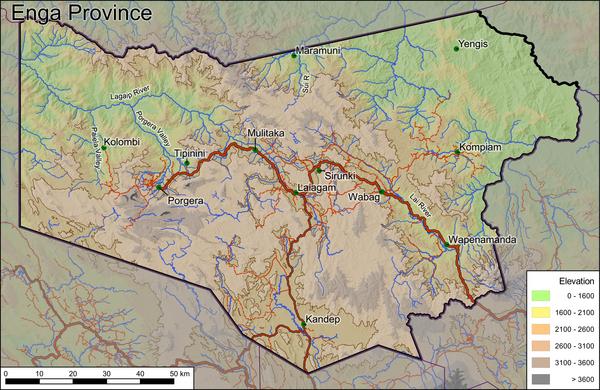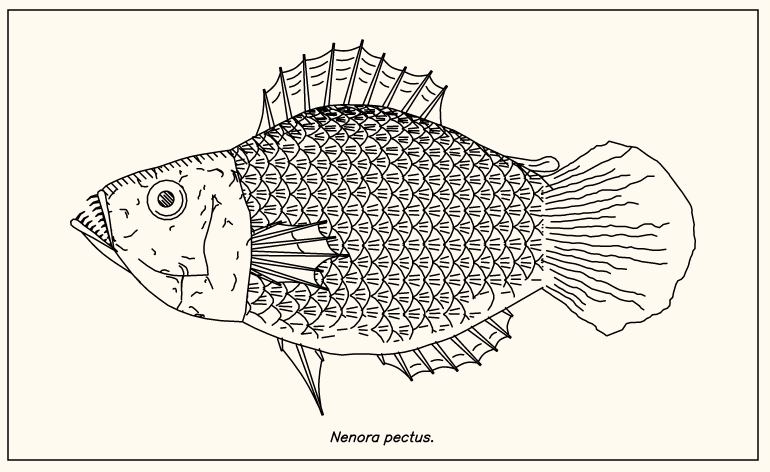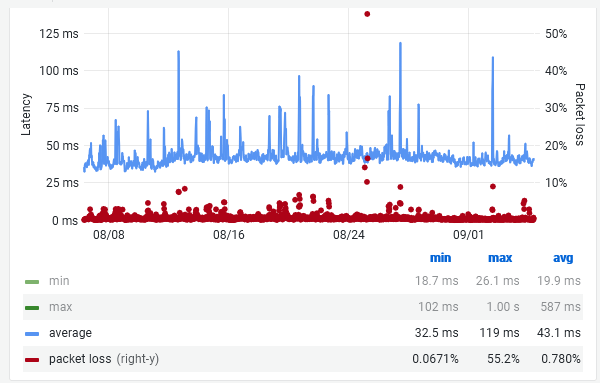|
I'm a published cartographer! I contributed a couple of static maps of Enga Province in Papua New Guinea for the academic press book The Absent Presence of the State in Large-Scale Resource Extraction Projects. They're in chapter 3, Restraint Without Control, which talks about the interplay of the mining industry and local tribal fighting. You can read more about it on author Alex Golub's blog. There are high resolution versions of the maps on my site.  Alex is a friend from college, he knew I was interested in mapping and asked me to contribute some custom maps to help locate his narrative. PNG is a famously remote country and poorly mapped. Even in the modern era PNG map quality is very uneven. SRTM makes the topography map easy. But maps of human features are harder to come by. Google Maps and Bing Maps have very limited data. OpenStreetMap is much better and there are some specialist maps that are excellent. I wrote up a bunch of technical notes on making the map back when I did the work. QGIS and OSM were both essential. I had an idea it'd be nice to make maps for Wikipedia, one per PNG province. But the thought of dealing with Wikipedia politics was overwhelming. If there's a map advocate / mentor who would work with me I could probably get it done. I felt physically ill reading this story about Facebook’s facilitation of murder and slavery. ... reports from employees who are studying the use of Facebook around the world, including human exploitation and other abuses of the platform. They write about their embarrassment and frustration, citing decisions that allow users to post videos of murders, incitements to violence, government threats against pro-democracy campaigners and advertisements for human trafficking. There’s been plenty of stories about Facebook’s malfeasance over the years. Two things make this story particularly awful. One is the human scale of the harm they cause. It’s not some abstract discussion about political influence, it’s personal examples like a woman named Patricia being recruited and sold into slavery. The other is that Facebook knows about the problems and is choosing not to act. Or at least not act enough to be meaningful. Facebook treats harm in developing countries as “simply the cost of doing business” in those places. I had enough. I rage quit Facebook Thursday. Or at least tried to. The problem is I’m a captive of Facebook. Because despite all the horrors it’s still a good semi-private way to keep in touch with people. It’s my primary social connection to the small gay community in Nevada County, for instance, including a group that organizes weekly meetups. Also it’s helped me reconnect with old high school friends. I’m well aware of the hundreds of other social media tools I could ask them to use, I helped design some of them. But the reality is that a lot of community happens on Facebook and if you don’t participate there, you miss out. I don’t know what I’m going to do with Facebook. I was going to delete my account but feel I can’t. I’m trying to stay logged out but I already feel the need to connect occasionally, even if only to arrange social connections outside of Facebook. I’m one of those extremely online people, I can’t just disconnect entirely. But I’m being forced to visit the house of a psychopath. This story this week is one in a series of investigative articles by the WSJ. Some Facebook employees have been trying to lessen the harm their company is doing and they’re tired of being ignored. So they’re talking to reporters, particularly Jeff Horwitz. As a collection the reporting is incredibly damning. Lying to their oversight board, ignoring mental harm to young women, amplifying anger and lies, sabotaging American vaccination efforts, and helping the business of murderers and slavers. Facebook is in some ways just reflecting the larger evils of society. I’ve worked on social media policy. I understand the difficulty of moderating conversations. But as a medium Facebook is a very efficient amplifier of evil; its existence uniquely enables things like the genocide of the Rohingya. That creates an obligation on Facebook to mitigate the harmful uses of their product. They have failed to that. Maybe the only remedy is to stop them from operating. PS: the WSJ has a strong paywall. There are accessible copies of the specific story I reference here and here. The Firefox extension Bypass Paywalls Clean can help you read the WSJ and other sources. Drama in #PlotterTwitter this week: someone cloned Lingdong Huang’s generative art project to sell as an NFT, without permission. (Website screenshot here). The code had an MIT license so this was technically allowed but there’s something obviously wrong in selling an artist’s work without their agreement. The artist denounced the NFT as a sham. The community also condemned the appropriation. Fortunately the NFT creator cancelled the project with a thoughtful explanation. So the crisis is over but it’s left behind some complex questions about open source licenses, commercialization, and computer generated art. 
Generative art code is different from other programs. With art the output of the code often has more value than the code itself. Run the program and get an art piece: it’s the art piece that is the focus. Art code is often one-off and specific, not a reusable component like a database or math library. But the source code can be valuable as a teaching aid or as a basis for someone to remix and make their own art. The generative art world is also full of library components that artists share. Perlin noise is a great example, a random number function so famous it won its creator an Oscar. The Perlin noise algorithm was published for free reuse and there are many open source implementations. I believe no one thinks artists should pay Ken Perlin royalties or even explicitly credit him in their artworks. But we are all grateful to have access to his tool. Same goes for more technical libraries like font renderers, shape drawers, or code that renders SVG or drives a plotter. They are useful tools for making art but they do not make art by themselves. Open source licenses handle this kind of utility code pretty well. The problem is for code that itself creates art. Of course releasing code at all is the artist’s choice: what’s the goal of an open source release? I think many artists do it mostly out of a sense of it being a public good to share methods. There was an interesting discussion about how this does not necessarily require full code: "People are forced to learn by re-implementing, and discovering their own style, rather than copying mine." I feel that strongly myself when I look at other people’s art code. There’s little joy in just reproducing someone else’s art, the creativity is in making your own. But it can help to have working code to run and modify, borrow ideas from. Unfortunately there’s money in appropriating someone else’s art code. The NFT market has greatly accelerated the commercialization of generative art. And while that can be good for artists it also attracts cryptohucksters with divergent ethics. I’m still hoping the whole idea of NFTs (and cryptocurrencies) blows up and disappears but until it does artists should be thinking about how to protect themselves from unwanted and aggressive exploitation. So where do we go from here? My problem-solving nature wants to create a new software license that lets artists feel safe releasing their code. Existing open source licenses don’t protect against exploitation, the open source world has firmly rejected the idea of non-commercial licenses. The CC-NC license family is good for artistic works like photographs and written works but they are not recommended for software. I think we’d need a new license. Even if the code license works it’s not clear you can copyright the output of code. So that’s a problem. One easy thing to do now is have more discussion about how the generative art community thinks about others reusing their work. There’s a nice essay about open source hardware community norms, I’d like to see something similar for art code. I know enough about open source licenses and art to participate but the conversation needs to be driven by working artists. I think there’s some value in exploring more of how generative art code is unique in that it creates art, but is not just a tool nor is it the art itself. Generative art has always been full of unresolved tension about authorship, now doubled down with complex algorithms like VQGAN and CLIP. Commercialization is an aspect of the authorship question. Thanks to the Drawing
Bot Discord for thoughtful discussion that informed this blog
post.
Starlink is good technology. I’m posting this blog entry from space. By which I mean Starlink, SpaceX’s new LEO satellite Internet service. I’ve been beta testing it for six months and using it exclusively for two. It is terrific. Some notes from a United States perspective.  Does it work well? Hell yeah! It’s more like having cable Internet than satellite. Over the last month my average bandwidth has been 100Mbits/s down, 12Mb/s up. Average ping to 8.8.8.8 of 41ms with 0.5% packet loss. Bandwidth is highly variable (50-200Mbps) but latency is pretty solidly 30-50ms. The main failure is occasional outages of ~10 seconds. That got a lot better mid-July with a Starlink change and will only get better as they launch more satellites. The service is still technically beta and there are some rough patches but it’s totally usable. Is Starlink for you? Maybe. If you can get wired service (cable, fiber, faster DSL) that is probably a better choice. If you’re in a poorly served rural area in Ajit Pai’s America and you’re struggling with ViaSat or Hughes or using cellular, definitely. For me it’s an upgrade to my 12/1 Mbps fixed wireless service. Will Starlink work at your house? Probably! It requires a clear view to the north. The free Starlink mobile app has an augmented reality tool to show you whether you have a good view. A few small obstructions are OK but if you live in the middle of a bunch of trees you need to go higher on your roof or get a mast. Can you get it? Probably not soon. They are enormously back-ordered; Starlink has a limited amount of bandwidth per satellite and they are slow to add new users. They just passed 100,000 installs globally and are rumored to have 500,000+ customers on the waiting list. The best thing you can do is pre-order and put down a $99 deposit. It may be a year. (I got super lucky.) Is it nerd friendly? Totally. You can use your own router; Starlink provides one but does not require it. Dishy has an open gRPC interface for getting detailed stats. The Internet service is quite solid and not messed with in any way I can tell. They sorta support IPv6 already and promise more. The main drawback is that (at least in IPv4) the service is cgNAT, you really can’t run a server behind Starlink in any reasonable way. The cgNAT is for good reason: they’re doing some very sophisticated routing, your packets may be relayed through several base stations hundreds of miles apart and it’s remarkable you have a stable external IP address at all. Will Starlink succeed as a business? That’s hard to say. The program is still beta and currently has no bandwidth caps or significant throttles. And it’s $99/month: a lot by US urban ISP standards but competitive for rural areas. The problem is the satellites can only handle so many users and it seems too early to tell whether it works out to be profitable. Launching thousands of satellites is expensive but SpaceX are experts at that. Also crappy companies like ViaSat keep suing to stop Starlink because they can’t compete. Amazon is trying to make up for being years behind by trying to get the FCC to harass Starlink. The legal attacks seem to be failing so far in the US but you never know. What’s next for Starlink? They launched their first full shell of satellites earlier this year, then took a pause. They seem to be fine-tuning algorithms and transceiver power settings right now. The next major change is a plan to use laser links so satellites can route packets directly (currently everything is relayed to the ground). It seems like a very hard problem but they are serious about doing it; ultimately Starlink might be better than wired service. I’m not an Elon Musk fan but I have to say Starlink is amazing. And audacious; I never would have believed it would work (remember Iridium?). But it does work and it’s been a significant upgrade for me, so thank you SpaceX. The hilarious thing is the whole idea of Starlink apparently is about Mars; the project started as a way to design networking infrastructure for a colony on a new planet. Oh and then completely upended Earth’s ISP market as a sort of proof of concept. |
||
